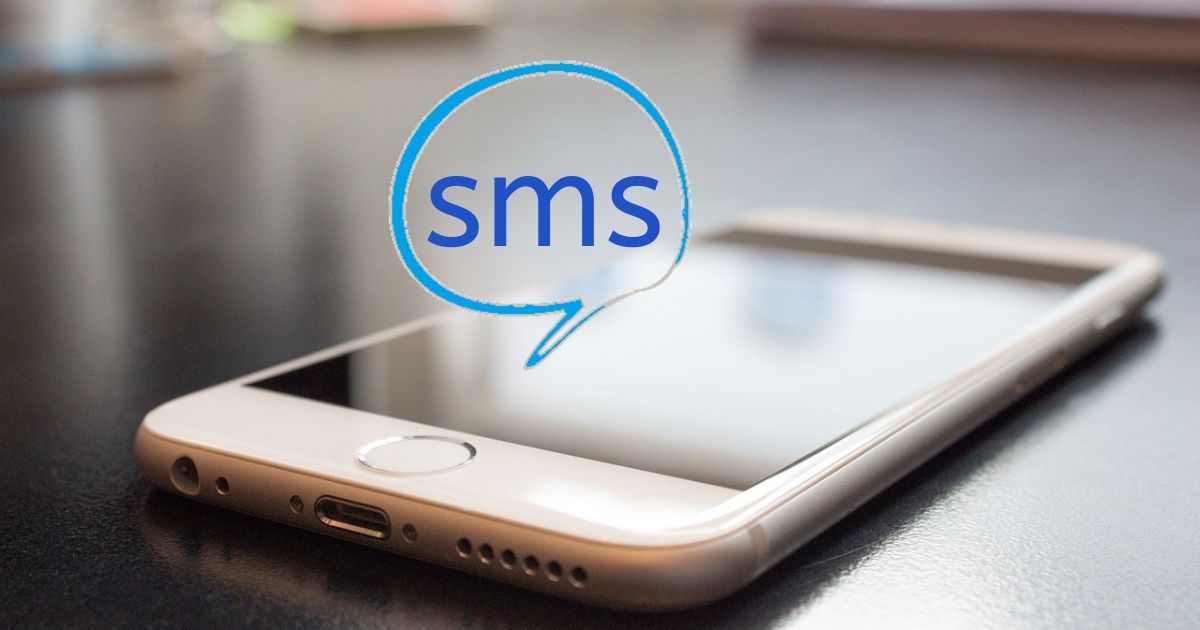Texting is one of the easiest ways to talk to family and friends. Aside from being one of the easiest ways to talk to family and friends, texting is also a helpful channel when communicating with customers. Businesses should therefore engage in conversations with their clients to give them the best kind of customer experience.
However, this does not translate to just picking up your phone and messaging everyone who’s visited your store or website. Every company has the option to start three different types of SMS conversations. Read through this list to discover which type is suitable for you.
-
One-Way SMS
Before SMS marketing became popular, texting was pretty limited in the business side of things. Companies would deliver a single message to send the word out. However, this process was only one-way. After getting the message across, that’s usually the end of the conversation.
With a cell phone in 90% of the population’s pockets, one-way SMS proves to be a great way to promote awareness and disseminate information. Soon enough, the market found a better and more efficient way to meet the needs of both customer and provider.
-
Two-Way SMS
With the advent of two-way SMS, customers can now respond to messages from brands and services they initially subscribed to. This new approach is convenient but still has a catch. General responses to this type of message are usually limited to specific keywords like “Stop” or “Subscribe”.
While these keywords are understandable, they are hardly conversational. The lack of connection between buyer and seller gave birth to a third form of conversation. Text and voice recognition slowly emerged as a 2-in-1 solution to properly address this drawback.
-
Conversational SMS
This type of conversation has been around for years and continues to evolve at present. It initially came about as a response to more complicated text requests. Some messages are too much for automation to handle. When this happens, a program quickly transfers the customer to an agent in order to keep the conversation going.
The conversation flows between an agent’s screen and the customer’s cell phone. In addition to that, the service generates automatic responses and allows multiple and simultaneous conversations to keep everything in order.
Conclusion
It is expected that more and more conversation channels will pop up in the years to come. With the advancements in technology, it is very likely that innovators will come up with a variety of ways to foster engagement and customer satisfaction. As long as these conversations are personal and convenient, companies can be assured that their transactions with clients run smoothly and hassle-free.
W.B.

